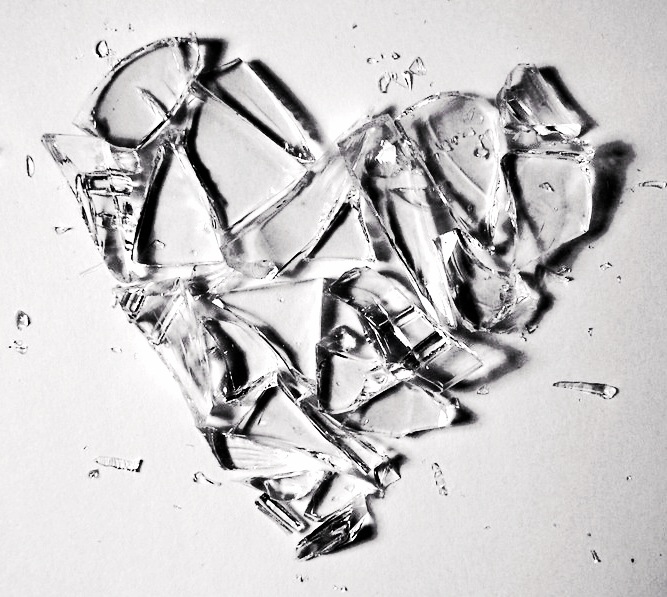Whether you choose to use cavan crystal design at a wedding, holiday party, or even at a nightstand, you’ll be pleased to learn how this beautiful glass can be a great addition to your home. Here are some tips to help you choose the perfect crystal glass design for your home. And don’t forget to enjoy your new crystal glass decor for many years to come!
Crystal glass is often made of lead oxide. This metal is toxic to humans and is banned in some countries. However, crystal glass has managed to escape these regulations, mostly because of the association it has with culture and tradition. In addition, government-supported standards require a lead content of at least 24%. Even then, this lead content is higher than the minimum for safety. As a result, lead content is an important factor to consider when choosing crystal glass.
It is important to choose the right glassware.

While glassware is a beautiful choice, the best crystal glasses are functional, versatile, and built to last for years. Experts have consulted with glassware makers to create the best glassware to make the most out of your wine. The best crystal glasses will bring out the best in your wine, and they’re a great addition to your collection. But remember that lead leaches out of glassware after some time, so take the proper precautions to avoid exposing yourself to harmful levels of lead.
When creating crystal glass, consider the type of glass that you’ll be using. While lead is a dangerous metal for humans, the added element makes the glass easier to work with and allows for more intricate designs. In some cases, artists use lead-free glass to avoid the dangers of lead. In general, “crystal” glass has less lead than “bright” glass, so you can be sure that your pieces won’t cause any harm to your home or to anyone else.
Soda-lime glass tends to be thicker than lead crystal.
It’s also stronger than soda-lime glass. Crystals are also malleable and soft, so you can polish them without fear of them shattering. Because they’re both made from mineral content, they are both translucent. And their light refraction properties are amazing – even when the glass is exposed to sunlight! When light hits a crystal, it gives off a rainbow hue.
Lead-free crystal is another option. The European Union requires crystal to contain no more than 24% lead oxide, so anything below this amount must be labeled crystal glass. Lead-free crystal uses other metal oxides instead. They are less toxic and can be safely used for beverage and food storage. Crystal-free glass is made from alternative metal oxides, such as zinc or titanium. For your safety, make sure to check the label to be sure that the crystal is lead-free.